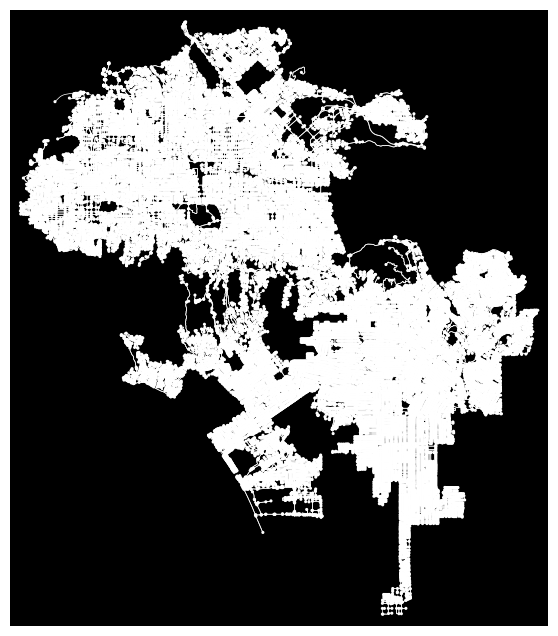Code
# Import packages
import altair as alt
import geopandas as gpd
import pandas as pd
import numpy as np
import hvplot.pandas
import pandas as pd
#import seaborn as sns
from matplotlib import pyplot as plt
import holoviews as hv
from shapely.geometry import Polygon
from shapely.geometry import MultiPolygon
import requests
import geoviews as gv
import geoviews.tile_sources as gvts
import folium
from folium import plugins
from shapely.geometry import Point
import xyzservices
import osmnx as ox
import networkx as nx
import pygris
import cenpy
%matplotlib inline
# See lots of columns
pd.options.display.max_rows = 9999
pd.options.display.max_colwidth = 200
# Hide warnings due to issue in shapely package
# See: https://github.com/shapely/shapely/issues/1345
np.seterr(invalid="ignore");